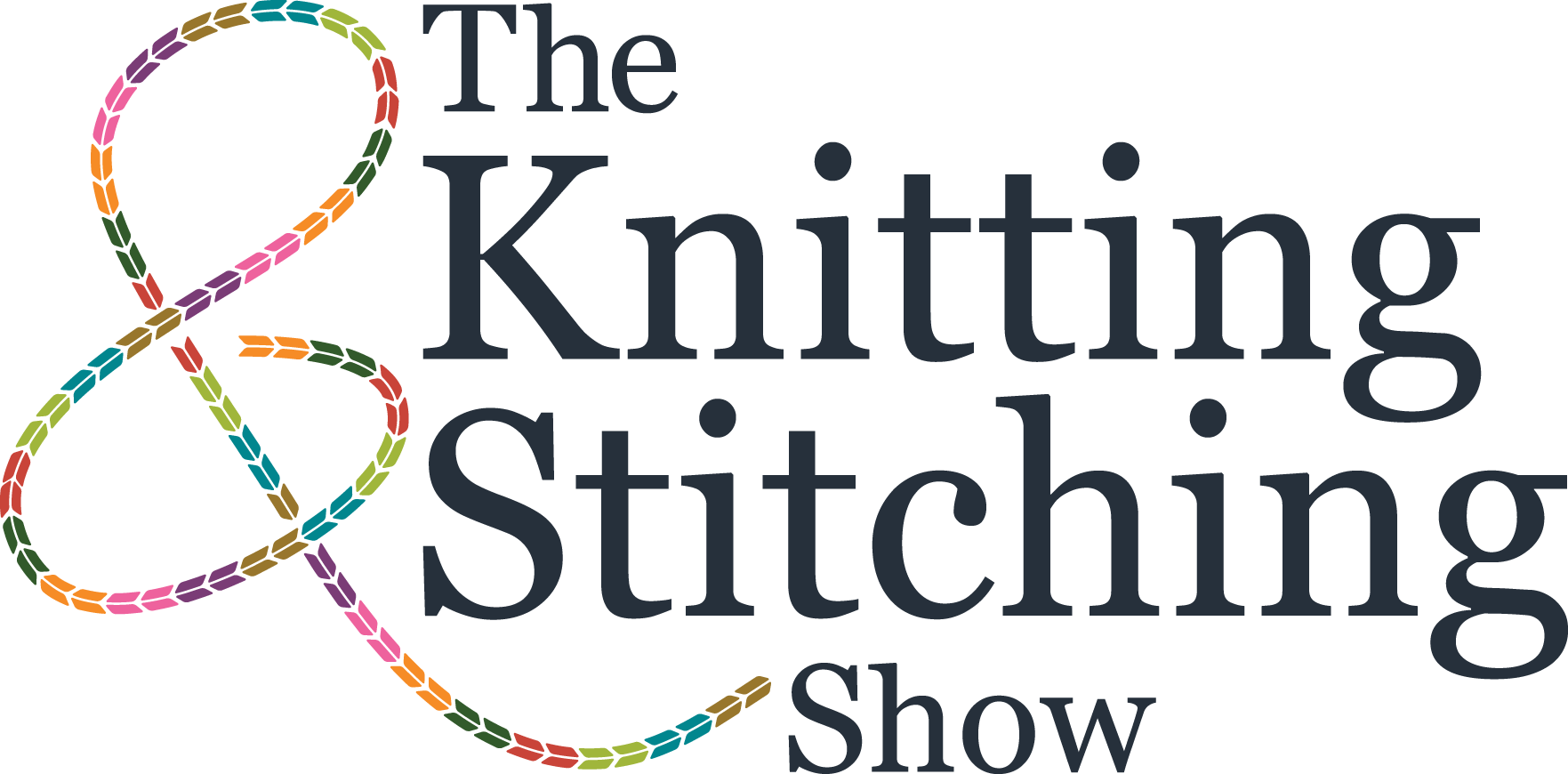Nneka Jones for The Knitting & Stitching Show 2023
Nneka Jones is a textile artist and activist. Her exhibition, Cut From The Same Cloth is at The Knitting & Stitching Show 2023 at Alexandra Palace, London from 5 – 8 October 2023.
Nneka, we are thrilled that you are joining us at The Knitting & Stitching Show this year. Cut From The Same Cloth is a moving collection of work which explores the intersection of culture and identity; how they overlap to create and reveal many hidden layers of the reality of womanhood. In this exhibition, you use thread, yarn and fabric to create a collage of interwoven layers. How does this combination and process support the notions of sisterhood and unity between women that are woven throughout each piece?
The materials used in my work are extremely symbolic and linear to the deeper meanings embedded within the art. The title, Cut From The Same Cloth, emphasizes that although we perceive things to be different in terms of texture, shapes, color, size, etc, when we take a closer look and examine the root, it is often similar fibers or material that these variations are made from. Hence, this exhibition explores these similarities and differences through the eyes of womanhood. There is no secret that culture and identity play a large role in making us unique and different, but society has used this in the past to segregate and isolate rather than celebrate and appreciate. Instead of focusing on what divides us, my work encourages viewers to see the overlap/ ‘sisterhood’ that brings this collection together physically and metaphorically.
Ironically, the intricate and feminine nature of the hand embroidery process mimics the traditional standards and stereotypes upheld for women throughout history, whether in craft, the home, motherhood, etc. However, you say that you are using hand embroidery to create a new ‘skin’ to cover the scar of chaos and isolation within women communities. Why did you choose embroidery for these pieces and how has your relationship with embroidery evolved since your first encounters with it?
My first encounter with embroidery was through my mother with a focus on the domestic and functional use. Ironically, she was also first exposed to embroidery and sewing through her mother but it appeared as though through the passing down of this skill, the way in which embroidery was translated became more contemporary and even controversial. In the past, women were forced to stay at home and would pick up hobbies to pass the time or even to decorate their homes. While it was beautiful to see the evidence of stitched details of my mother’s and grandmother’s work around the house, I was more drawn to ‘making the threads talk’ and creating a dialogue. Sewing machines were a huge part of my mother and grandmother’s practice but for me, I decided to peel away that skin and maintain more control and dominance with using just my hands. It is amazing that women in fiber arts have maintained such a powerful presence in their practice and are now exploring and experimenting with something that was once so traditional and simple.
Your portfolio tagline is: “The true beauty of Art lies in its ability to manifest a language that we can all comprehend” and much of your work advocates for social change, particularly the protection of women and girls of colour. What personal experiences in your life have inspired such a compelling direction for your work?
My transition from being an artist living in Trinidad and Tobago to studying in the United States was one of the main factors that shifted the trajectory of my artwork. It is so easy, especially when living in a community that you are very familiar with, to develop a ‘bubble mentality’. There were many social issues surrounding young girls and women that would be highlighted and reported on in the Caribbean to the locals. So much so that I started to think that it was something that I could get away from. For a tourist, the Caribbean is often marketed as a ‘tropical getaway’ or ‘vacation paradise’, and while this may be true, there is often another side that is not showcased. The same was for my transition to the US where I quickly noticed how it was marketed as the land of infinite opportunities and while this may be true, there were the same issues that I saw in the Caribbean, overlapping into the American culture. So, as an artist, I wanted to shine more light and raise awareness about these overlapping social and environmental issues that appear to be a global problem. If we can all recognize the reality and work towards improving through positive change, I would have done my job as an activist artist.
Your use of colour in each piece seems to also support the themes of cultural identity while also providing a visual punch and powerful vibrancy. Can you tell us more about how you use colour to evoke an emotional response?
Every colour that presents itself throughout my work was an intentional and deliberate attempt to capture the viewer’s attention and evoke some type of emotional response. As a Caribbean artist, I am naturally drawn to vibrant colours as this is reflected in my culture, but after spending some time analyzing the power of color theory and how it interacts with our minds, I try to incorporate a color palette that is not only visually pleasing but also has a lasting impression. This is more likely to create a reaction or response from the viewer. Particularly with portraiture, it is interesting when artists bring a different perspective from the norm of what we see in everyday life. I am always asking myself, what will get someone to stop and slow down? How will my viewer feel when they see colours paired together? Will it stir two extremes of emotions? I often have people standing in front of the artwork for hours just getting lost in how the colours interact with one another and subconsciously with their minds.
You grew up in Trinidad before moving to Florida to study for a Bachelor of Fine Arts degree at the University of Tampa. How has leaving the Caribbean to move to the US impacted your own formation of identity and also the theme of alliance between women that this exhibition proposes?
Since leaving the Caribbean to study in the United States, I have not only grown into my identity but also realized that although I was born in the Caribbean, much of my teenage life was rooted in Caribbean culture while most of my adult life will be moulded by American culture. It is difficult and impossible for me to isolate myself and my identity to just being Trinidadian because I am the mirror image of ALL of the cultural overlaps and people who I have met during my transition as a student. I have since grown a deeper appreciation and even found many women and young girls like myself who have roots in one geographical location but are wrapped in the cultural fabric of all of the places they have visited. Most of them, including myself, supporting the view that it is not that you love your culture or country any less, but we all share a purpose in this movement, shifting and overlap.
Your work was featured on a TIME magazine cover in 2020, you’ve been commissioned by the Washington Post and delivered a keynote speech for Adobe – what advice would you give young women artists starting out who want to get their work noticed?
For young women and girls who are seeking to establish a career and get noticed, my greatest piece of advice is to develop a strong and confident inner voice that cannot be rattled or shaken by outside influences. As a creative, you will receive so many opinions on your career path as well as many ‘nos’ during your journey. It is important to remember your voice and why you are passionate about your career as well as make note that there will be failures along the way but with a confident inner voice, you can easily pick yourself back up and get ready for your next opportunity!


